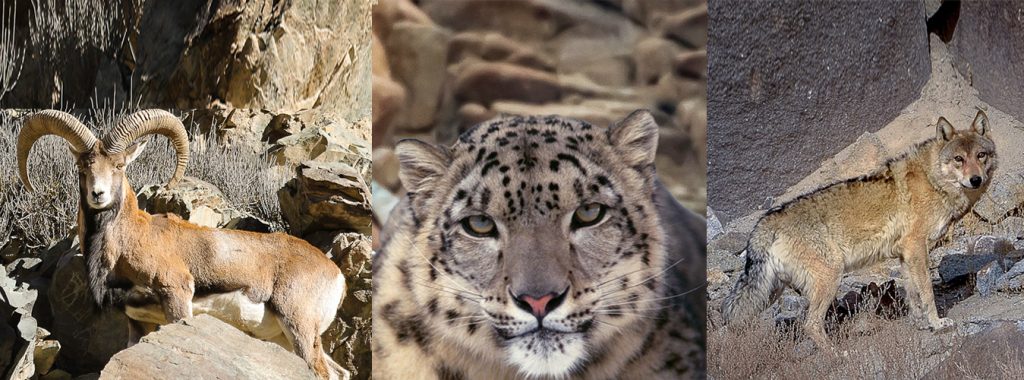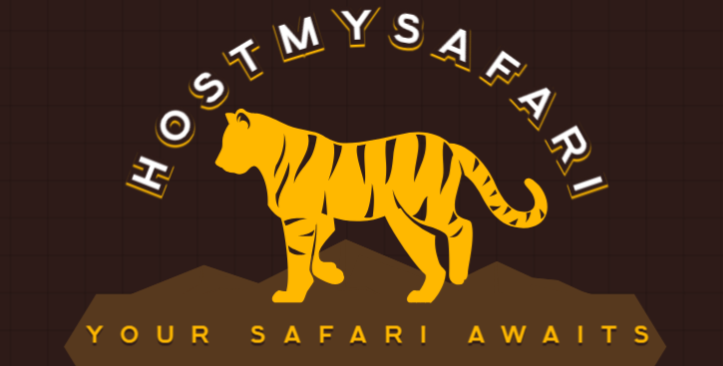Spiti Valley
Spiti Valley is a high-altitude desert area in the northern Indian state of Himachal Pradesh that is renowned for its isolated communities, distinctive culture, and untamed beauty. The term “Spiti” translates to “The Middle Land,” given its location between India and Tibet. This valley, which contrasts sharply with the beautiful surroundings of other regions of Himachal Pradesh, is a hidden treasure. The valley is bordered by snow-capped mountains and ranges in elevation from 12,500 to 20,000 feet above sea level. The population is small but hardy due to the harsh climate, which features pleasant summers and frigid winters. The topography is mostly desert, with towering cliffs, deep gorges, and meandering rivers. Spiti is incredibly beautiful, evoking the Tibetan plateau with its arid yet majestic landscape. Despite the remoteness of the area, the people there are renowned for their friendliness and warmth. The harsh climate limits agriculture, with narrow terraced fields used to grow crops including potatoes, buckwheat, and barley. The valley is a well-liked destination for wildlife enthusiasts because it is home to a variety of wildlife species, including the Himalayan ibex, blue sheep, and snow leopard. Tourism in Spiti is continuously expanding, attracting hikers, adventurers, and those who enjoy the outdoors. Trekking, camping, touring beautiful settlements like Kaza, Tabo, and Langza, and touring monasteries are all popular pastimes. The journey to Spiti is an adventure in and of itself because it crosses dangerous mountain routes like the Kunzum Pass, which is only reachable in the summer. Spiti maintains its sense of quiet and solitude despite its increasing popularity, which makes it the ideal location for people looking for natural beauty and tranquilly away from the bustle of the city.

About Snow Leopard Tour :
The goal of this journey is to find the Snow Leopard, commonly referred to as the White Ghost of the Himalayas, the most elusive and rarely sighted large cat in the world. At an elevation of about 4270 meters, or 14,000 feet, we seek the high, icy Himalayas in Spiti Valley for this stunning cat near Kibber Wildlife Sanctuary. Our base of operations for this excursion would be Chicham Village. We would spend five nights at the Chicham homestay and head out each morning to look for snow leopards and other local wildlife. Spiti has the highest snow leopard sighting success rate in the world, at over 50%. Wildlife enthusiasts in other places search for this elusive species for years.
A reasonable level of fitness is preferred for this adventure since we will be entering and remaining in the trans-Himalayan region, where winter temperatures may drop to -25 degrees Celsius with poor oxygen levels. It can take one to two hours of moderate walking to get to the locations where sightings are reported in order to follow and scan the Snow Leopards. Additionally, keep in mind that water is limited in this area during the winter, and bathing is not advised, especially in Tabo and Chicham. Toilet rolls and wet wipes should be carried because regular toilets will be replaced by dry toilets when the water freezes in the pipelines. The homestay has two standard dry pit (local long-drop) restrooms. However, more recently, they have also maintained and erected chemical restrooms. We eat breakfast and dinner in the home stay’s comfortable dining area.
Itinerary
Day 01 CHANDIGARH – RAMPUR (230 KM / 07 – 08 HRS)
Our Snow Leopard Tour commences here at Chandigarh. Early in the morning we will have a meet and greet in a restaurant following our breakfast and journey to Rampur. The first two hours of the journey are spent on the plains, with the remainder spent in the Himalayan foothills. Get to Rampur late in the afternoon.
Day 02 RAMPUR – TABO (260 KMS / 08 – 09 HRS)
Following breakfast, we drive on to Tabo. The travel today passes through a breathtakingly beautiful area covered in snow. The views of the snow-capped mountains are stunning. Entering the Trans-Himalayan Region will cause a significant shift in temperature as well as a change in topography and landscape from a belt of forests to rocky, desolate mountains. While travelling, we will stop for tea and lunch. As we drive through Tabo village, we pass the Satluj and Spiti rivers. A homestay will be the place we are staying today.
Day 03 TABO – KAZA – CHICHAM ( 70 KMS / 03 HRS)
Following breakfast, we go to the valley’s oldest Buddhist monastery, which is among the oldest in the nation. After that, we take a car to Kaza, Spiti’s biggest township and commercial hub. We might stop along the way to snap pictures of the stunning trans-Himalayan scenery. We travel to Chicham, which is 14,000 feet above sea level, our snow leopard viewing objective, after crossing Kaza. For the next five nights, this will be our base. After reaching Chicham we will have our lunch there. Our spotters and trackers would have begun pursuing the Snow Leopard today. It is advised that we rest at the lodge or homestay since this is our first day at this elevation in order to prevent mountain sickness.
Day 04 /07 CHICHAM – KIBBER WILDLIFE SANCTUARY
WILDLIFE EXPLORATION
We arrive to the dining room at around 7:00 am for morning tea or coffee, and then we return to our rooms to get ready. This is how we spend our next four days at Chicham. At around eight in the morning, we return to the dining room for breakfast. Our guide/spotter leaves early to search for snow leopards. Our porters arrive at the home stay to carry our belongings, such as our day pack and tripot. Depending on the information we receive from any of the spotters or guides, we may choose to visit the sighting location. We typically receive some updates on sighting areas about 9:00 a.m. after breakfast. Then we drive to that location.
Once we arrive at the location, we typically have to trek or walk a little distance on the snow to witness the sighting. Both uphill and downhill treks are possible.
Sightings are typically far away and not up close. Some days can go by without any sightings. It all depends on luck. As per our observations, there are four days a week when sightings occur and two to three days with no sighting.
We typically eat lunch at the Snow Leopard Sighing Place, which is carried by our staff and porters. Every evening, dinner is served at the home stay. At the sighting location, our local staff also brings folding chairs so that individuals can sit and relax.
Day 08 CHICHAM MORNING SNOW LEOPARD EXPLORATION – AFTERNOON DRIVE TO TABO (70 KMS / 03 HRS)
We spend the morning exploring snow leopards in Chicham, and then we drive to Tabo in the afternoon after lunch.
Day 09 TABO – RAMPUR(260 KMS / 08 HRS)
Day 10 RAMPUR – CHANDIGARH (230 KM / 07 HRS)
Necessary items to carry :
Telephoto lenses preferably above 500mm, Teleconverters preferably 1.4x, Wide-angle lenses for landscapes and habitat shots and a good sturdy tripod.
Extra camera batteries, memory cards and heavy duty Power Banks for emergency charging of camera batteries and phone.
Binoculars if possible.
Heavy Woolen Clothing good for -20 to -30 degrees Celsius ( down Jacket/s + Sweater/s + Cap/s + Socks + Glove/s + Inner upper & lower Thermal/s + Fleece Balaclava + Fleece Nightwear)
Hiking Boots preferably warm.
Raincoat/Wind-cheater to protect you from snow. Warm buff for the face.
Rain and dust cover for camera gears.
Personal Toiletries, toilet rolls and wet wipes.
Basic first aid and personal medications.
Personal Water Bottle (Preferably Thermos bottle/flask to carry hot water)
